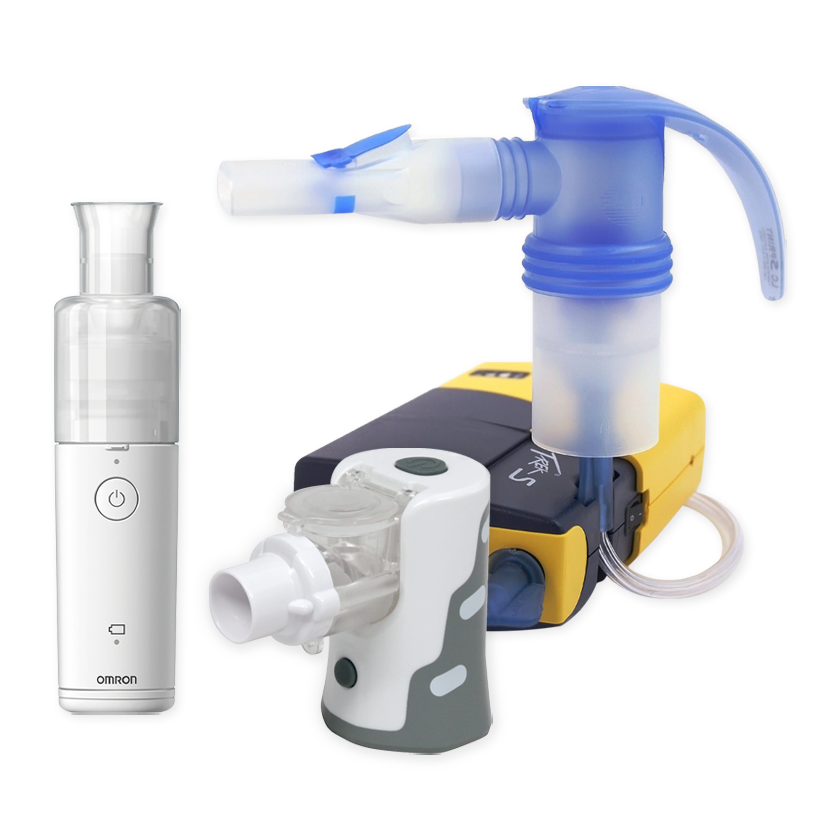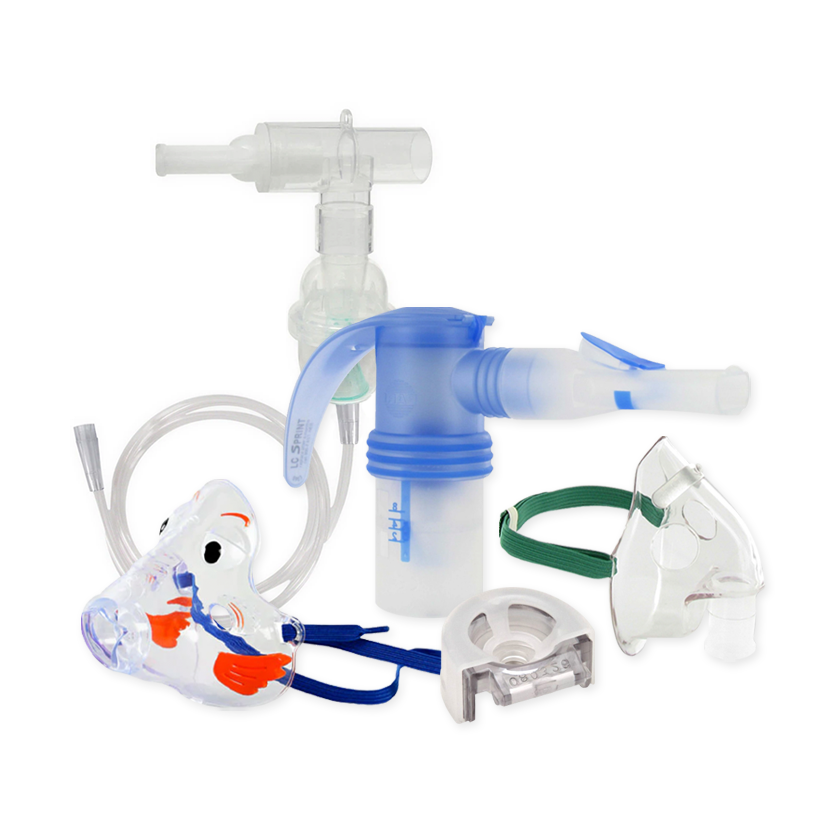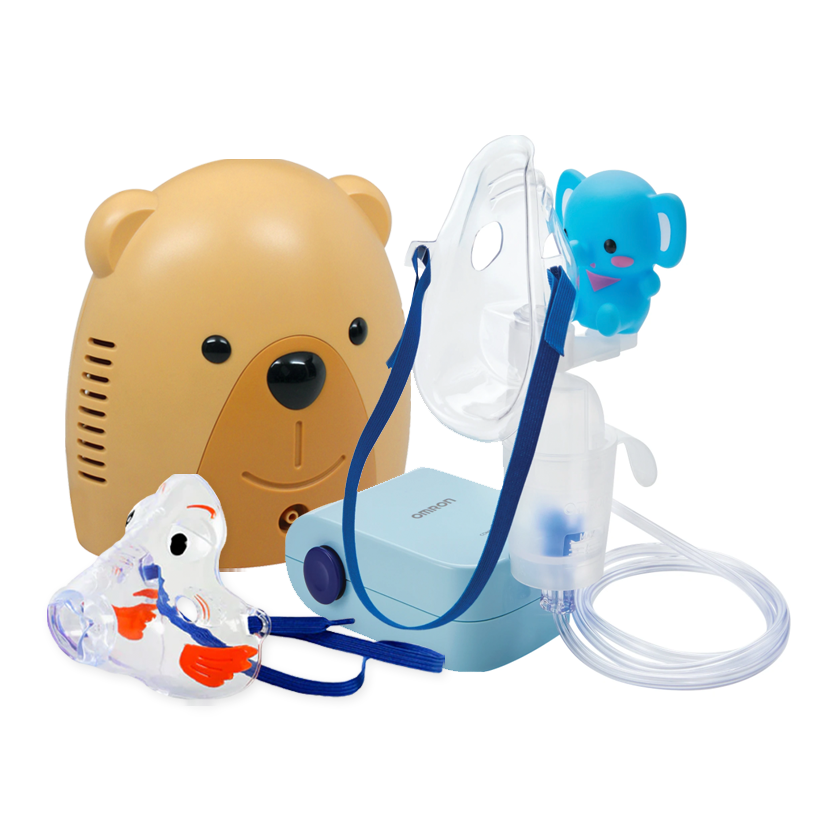Your Cart is Empty
Free Shipping on all orders over $75! Plus, free express shipping on select items.
Menu

Free Shipping on all orders over $75! Plus, free express shipping on select items.
Nebulizer Systems
Travel Nebulizers
Nebulizer Accessories
Just For Kids
Oxygen Supplies
Snuffing Out Summer Allergies
July 17, 2013 2 min read
Summer’s in full swing and you know what that means: it’s hot, hot, hot. With record-breaking temps and torturous humidity levels exerting their chokehold on the nation, the last thing anyone wants is to be sneezing, sniffling and stuffy. Unfortunately, allergies are just as persistent in the summer as they are in the spring months – and perhaps even more so. Even though trees are typically done pollinating by late spring, grasses and weeds – including ragweed, a common allergic trigger that can cause hay fever – continue to pose a threat all summer long. To make matters worse, the season also heralds increased smog and a boon in dust mite populations. Luckily, there are steps you can take to stop sneezing and spend more time enjoying the season!
-
Try and stay indoors on days where there’s a high pollen count. Most
 local news reports, as well as the Weather Channel, will include forecasts for pollen levels in your area. If pollen levels are high on a given day, consider picking an indoor activity – swimming at your local YMCA or community center, going to the movies or mall, or visiting your local library. Typically, pollen levels are at their highest between the hours of 10 a.m. and 4 p.m.
local news reports, as well as the Weather Channel, will include forecasts for pollen levels in your area. If pollen levels are high on a given day, consider picking an indoor activity – swimming at your local YMCA or community center, going to the movies or mall, or visiting your local library. Typically, pollen levels are at their highest between the hours of 10 a.m. and 4 p.m. - Shut your windows and put the AC on full blast. You’re probably doing this already, which is great – closing windows keeps pollen from getting in, while running the air conditioner keeps the air cool and clean (the air conditioner’s filter catches pollen). Air purifiers may be used to supplement the air conditioner as a filtering mechanism, but make sure to replace filters every 3 months to ensure proper operation.
- Clean regularly. Even if you’re inside, pollen deposits and dust mites can still trigger allergies. Vacuum at least once a week, and wash bedding often in hot water to stave off allergens.
- Go to the beach. Low pollen counts, soothing sea breezes, and saline-rich air make the beach a great destination for allergy/asthma sufferers. Just make sure to wear sunscreen!
- Record the highest of the three numbers. This is your PEFR. Make sure to keep this information handy – in an asthma journal, for example – and pass it along to your primary care physician.
- Take your medications as directed. You don’t get a vacation from your anti-allergy routine. Take your medications at the same time each day, and if you have difficulty remembering to take them, set an alarm on your smartphone, watch, or alarm clock.
So there you have it – 5 ways to manage your allergies. If that’s still not enough, you may want to visit an allergist, a physician trained specifically in identifying and treating allergies. That way you can breathe easy and enjoy the season!
Subscribe
Sign up to get the latest on sales, new releases and more …

NEW CUSTOMERS SAVE 10% OFF YOUR FIRST PURCHASE OF $20 OR MORE.
Code will be sent to email entered if applicable
SIGN UP FOR FUTURE SALES, NEW PRODUCTS AND ANNOUNCEMENTS
{"themeColor":"#061f77","iconColor":"#061f77","showLogo":true,"topBottomPosition":0,"rightLeftPosition":5,"iconSize":"large","iconCustomSize":64,"position":"middle-right"}




 local news reports, as well as the Weather Channel, will include forecasts for pollen levels in your area. If pollen levels are high on a given day, consider picking an indoor activity – swimming at your local YMCA or community center, going to the movies or mall, or visiting your local library. Typically, pollen levels are at their highest between the hours of 10 a.m. and 4 p.m.
local news reports, as well as the Weather Channel, will include forecasts for pollen levels in your area. If pollen levels are high on a given day, consider picking an indoor activity – swimming at your local YMCA or community center, going to the movies or mall, or visiting your local library. Typically, pollen levels are at their highest between the hours of 10 a.m. and 4 p.m.